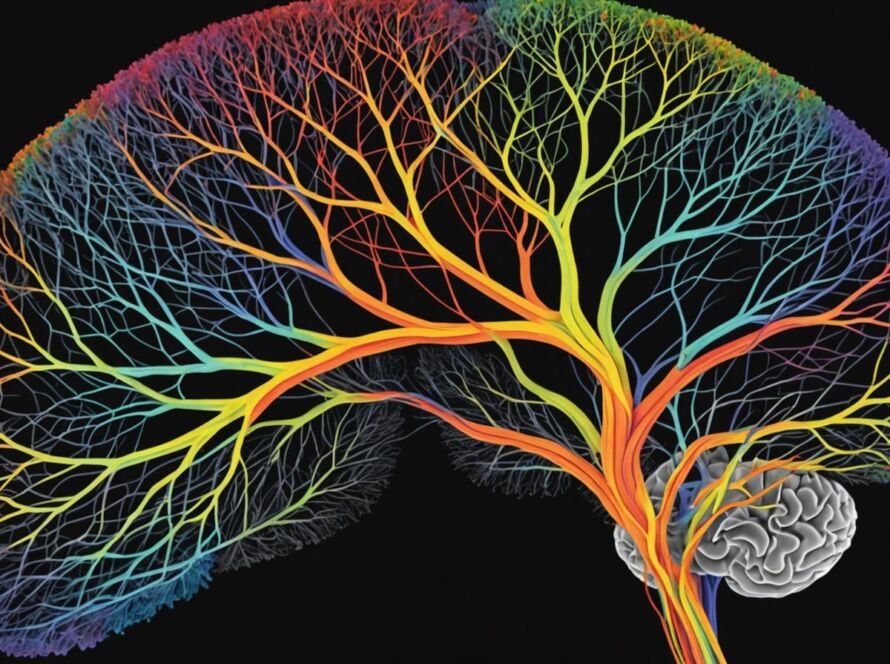Researchers at the Mayo Clinic have identified a new type of age-related memory loss called Limbic-predominant Amnestic Neurodegenerative Syndrome (LANS). This condition, often mistaken for Alzheimer’s disease, progresses more slowly and has a better prognosis. The new criteria for diagnosing LANS will help in better management and treatment of memory loss in older adults.
Key Takeaways
- Distinct Syndrome: LANS is often mistaken for Alzheimer’s but progresses more slowly.
- Diagnostic Criteria: New criteria enable diagnosis using brain scans and biomarkers.
- Improved Prognosis: LANS patients have a better prognosis than those with Alzheimer’s.
- Synaptic Quality: Larger dendritic spine head diameters in the temporal cortex are linked to better memory performance.
- Therapeutic Potential: Targeting pathways that enhance synaptic strength could improve memory in older adults and Alzheimer’s patients.
Understanding LANS
Limbic-predominant Amnestic Neurodegenerative Syndrome (LANS) specifically impacts the brain’s limbic system and can often be mistaken for Alzheimer’s disease. Unlike Alzheimer’s, LANS progresses more slowly and has a better prognosis. The new criteria for diagnosing LANS involve brain scans and biomarkers, which help in offering a more precise diagnosis and potential treatments.
The criteria were developed using data from over 200 participants in various studies, including the Mayo Clinic Alzheimer’s Disease Research Center and the Alzheimer’s Disease Neuroimaging Initiative. This advancement is expected to lead to better management of symptoms and more tailored therapies for patients suffering from this type of cognitive decline.
The Role of Synaptic Quality in Memory Preservation
A recent study led by researchers at the University of Alabama and Rush University Medical Center has revealed that the quality, not the quantity, of synapses in the brain is crucial for preserving memory in older adults. Larger dendritic spine head diameters in the temporal cortex correlate with better episodic memory performance, challenging the long-held belief that memory decline is primarily due to synapse loss.
Key Findings
- Synapse Quality: Larger dendritic spine head diameters in the temporal cortex are linked to better memory performance.
- Memory Preservation: Synaptic strength is more crucial than the number of synapses for memory retention in old age.
- Therapeutic Potential: Targeting pathways that enhance synaptic strength could improve memory in older adults and Alzheimer’s patients.
The study was made possible by the Religious Orders Study and Rush Memory and Aging Project, which enrolls older adults without known dementia at the time of enrollment. Researchers studied postmortem brain samples and found that larger dendritic spine head diameters were associated with better episodic memory performance.
Implications for Future Research and Treatment
The identification of LANS and the findings on synaptic quality have significant implications for future research and treatment. The new criteria for diagnosing LANS will help in better management and treatment of memory loss in older adults. Additionally, therapies targeting synaptic strength may improve memory in aging and Alzheimer’s patients.
These advancements emphasize the potential for cognitive preservation through enhancing existing synaptic connections and offer hope for better management of age-related memory loss.
Sources
- New Type of Age-Related Memory Loss Identified – Neuroscience News, Neuroscience News.
- Synaptic Quality Key to Age Related Memory Preservation – Neuroscience News, Neuroscience News.
